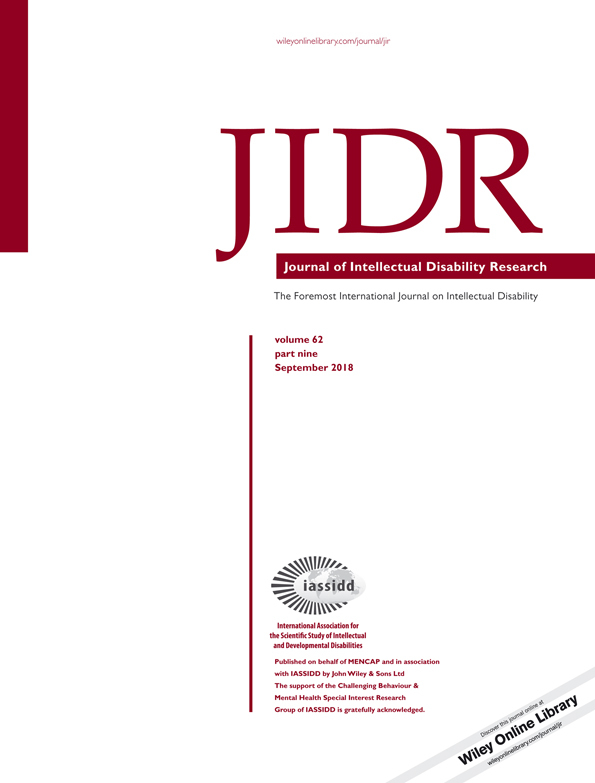Manual signing throughout the day: Influence from staff's sign use and type of activity
Abstract
Background
Both individuals with intellectual disabilities (ID) and staff may be more inclined to use manual signs during formal than informal activities. In addition, the sign use of individuals with ID and staff is positively related. It is unclear if activity type and the sign use of staff interact as they shape the sign use of individuals with ID.
Methods
Through non-continuous partial interval coding, we observed frequency of manual sign usage in adults with ID during communicative activities, non-communicative activities and mealtimes in four special schools and 4-day centres. Using loglinear analysis and partial associations, we measured how sign use varied by activity between the people with ID and the staff.
Results
When staff used signs, clients and students did not vary their spontaneous signing rate between types of activities. When staff did not use signs, a differential influence appeared according to the type of activity: clients and students were significantly more likely to also refrain from using signs during mealtimes and leisure or work activities such as crafts (84% to 89% of the time) than during communicative activities such as signing sessions (65% of the time).
Conclusions
Reluctance of staff to model sign use seemed to hinder signing implementation by the people with ID. Future studies should take into account various levels of sign prompting and increasing pragmatic functions of individuals' sign use.




